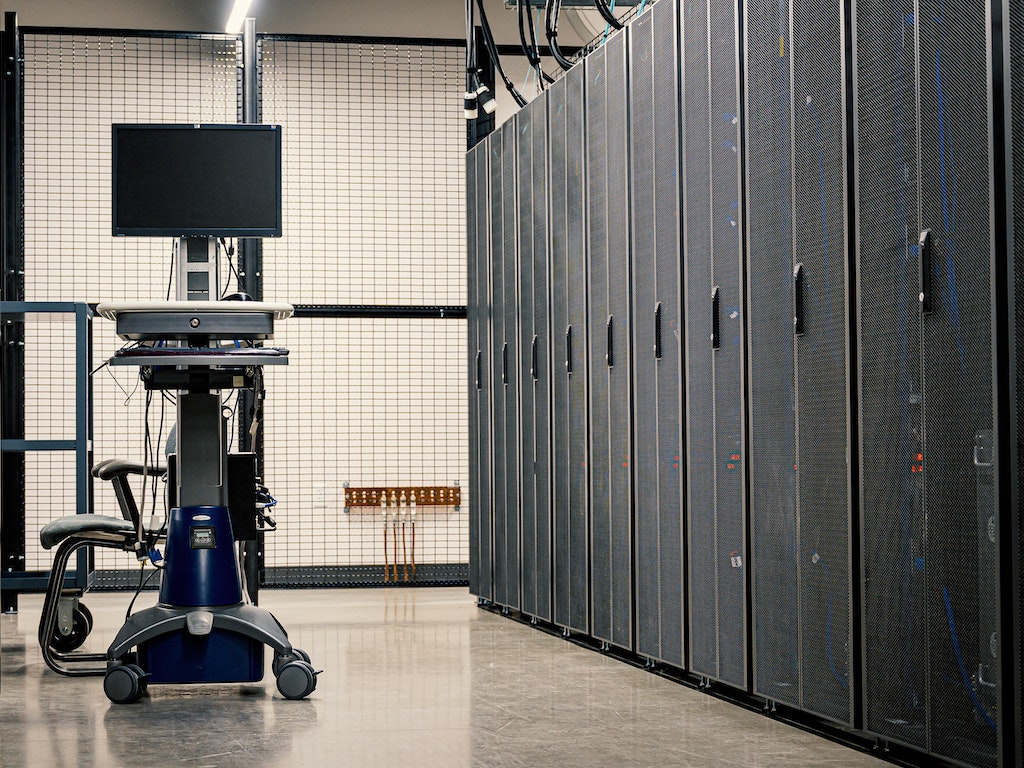The advent of 5G technology has sparked immense excitement and anticipation for its potential to change how we connect, communicate, and interact with our digital world. As the successor to 4G, 5G brings a new era of faster speeds, lower latency, and expanded capacity.
However, with every technological advancement, there are both advantages and disadvantages. Read on for a comprehensive understanding of 5G’s benefits and trade-offs.
Blazing-Fast Speeds and Enhanced Connectivity
5G has incredible speed capabilities. With download speeds potentially reaching up to 10 Gbps, 5G networks enable lightning-fast streaming, seamless video conferencing, and quick file downloads. This enhanced connectivity empowers users with a smoother and more immersive online experience, allowing for real-time interactions and uninterrupted multimedia consumption.
Reduced Latency for Instantaneous Response
5G networks boast significantly reduced latency compared to their predecessors. Latency refers to the time it takes for data to travel from one point to another. With 5G’s ultra-low latency, as low as one millisecond, there is virtually no delay in data transmission. This near-instantaneous response opens doors to applications that require real-time interactivity, such as autonomous vehicles, remote surgery, and immersive augmented reality (AR) and virtual reality (VR) experiences.
Greater Capacity and Connectivity for IoT
The expansive capacity of 5G networks allows for a massive number of devices to connect simultaneously. This capacity is particularly beneficial for the Internet of Things (IoT), where numerous devices and sensors are interconnected. 5G allows networks to handle the massive influx of data generated by interconnected devices, enabling efficient automation, advanced analytics, and seamless integration of various technologies.
Infrastructure and Cost Challenges
One of the significant challenges associated with 5G implementation is the requirement for extensive infrastructure upgrades. To fully experience the benefits of 5G, a dense network of small cells and base stations is needed. Building this infrastructure can be costly and time-consuming. Additionally, the high-frequency spectrum used by 5G has a limited range, requiring a higher number of smaller cells to cover a given area. These factors can increase deployment costs and potential challenges in rural or remote areas.
Potential Health and Privacy Concerns
Concerns have been raised regarding potential health effects associated with 5G radiation. While numerous studies have been conducted, the consensus among scientific experts is that 5G radiation falls within safe limits established by regulatory bodies. However, ongoing research and monitoring are necessary to ensure long-term safety. Additionally, the increased connectivity and data transmission capabilities of 5G raise privacy concerns. Stricter security measures and robust data protection protocols must be implemented to safeguard personal information and prevent unauthorized access.




